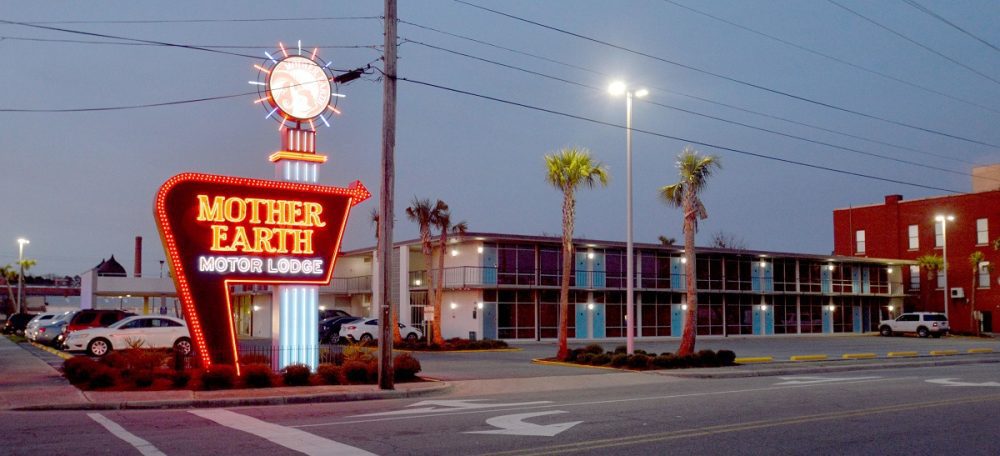Jamie Dail

Registered Architect, Dunn & Dalton Architects, PA, Kinston, NC
Education:
Bachelor of Art in Architecture, UNC Charlotte (2012)
Bachelor of Architecture, UNC Charlotte (2013)
Master of Fine Arts, Historic Preservation, Savannah College of Art and Design (2015)
Hometown: Greenville, NC
Jamie Dail joined Dunn & Dalton Architects, PA, in Kinston in 2015 shortly after graduating from SCAD, where her thesis project, A Forgotten Voice: Post WWII Communications Preserving Scientific Heritage, received the 2015 MFA Thesis Award in Historic Preservation. At Dunn & Dalton, she has worked on a wide range of projects, including adaptive-reuse, national register nominations, historic tax credit projects, and educational, medical, religious, retail, and commercial projects. She completed her final architectural licensure exam in 2021, becoming a registered architect that July. As a student at UNC Charlotte, Jamie discovered her love – and aptitude – for architectural history, winning the School of Architecture’s Award for Excellence in Architecture History in 2013.
Describe your most important/interesting recent and/or current projects.
One of my most memorable projects was getting the opportunity to field measure and document a ca. 1920 mill complex in Danville, Virginia, approximately 168,000 SF covering a full city block! In addition to documenting historic buildings for adaptive reuse, I enjoyed preparing the National Register Nomination for the mid-century Mother Earth Motor Lodge in Kinston (pictured below), which has become a local highlight. In addition to these projects, I am currently working on two large historic mill projects, being converted into apartments, as well as a few smaller historic commercial properties providing new retail space with apartments above. Historic buildings always present a unique opportunity to highlight their existing character while utilizing modern design to bring new life into typically vacant structures.

How did your education at UNC Charlotte prepare/shape you? What are some of the key things you learned?
My time at UNC Charlotte provided me with a solid foundation in preparation for my dream job of becoming a preservation architect. Building relationships with my professors and advisors allowed me to shape my education in a way that highlighted my interest in old buildings while learning the importance of design and innovation. In addition to our regular course material, I was also able to intern with Historic Charlotte working on the Mad About Modern 2013 Home Tour. For the home tour I researched and provided descriptions for the mid-century modern homes included on the tour. My time in Charlotte helped me realize my passion for the built environment and particularly adaptive reuse of historic structures. I am grateful for the amazing professors and advisors who nurtured my curiosity in preservation and guided me towards my goals.
Do you have any particularly special memories of your educational experiences – something that stands out as being especially fun or meaningful?
Amongst the countless memories I have from my time at UNC Charlotte and especially my time in Storrs, one of my fondest was the preparation and completion of my 5th studio project. This was the great adventure where we were able to pick our own site and program for our project. I was able to combine my love of music, architecture, and preservation into a single design located in uptown Charlotte, proposing a modern music school above a vacant theater. With the help of my professors, I was able to experience the joy of documenting my first historic theater, the Carolina Theatre, which solidified my decision to pursue my MFA in Historic Preservation after graduation. Additionally, my study abroad program to Spain and Portugal reinforced my love of combining architecture with adaptive reuse and preservation.
What advice do you have for current architecture students?
Ye who perseveres to the end shall graduate! The wise words my mom spoke to me throughout undergrad still ring true in many areas of life today. I would also like to stress the importance of building and maintaining good relationships with your fellow students and professors. These relationships and friendships that come out of your studio families are priceless in the journey of architecture. Some of you will move forward with the end goal of licensure, and others may pursue other avenues, all of which contribute to our field. It is important that we all continue to help build each other up and learn together as we navigate the many nuances the architecture profession encompasses!